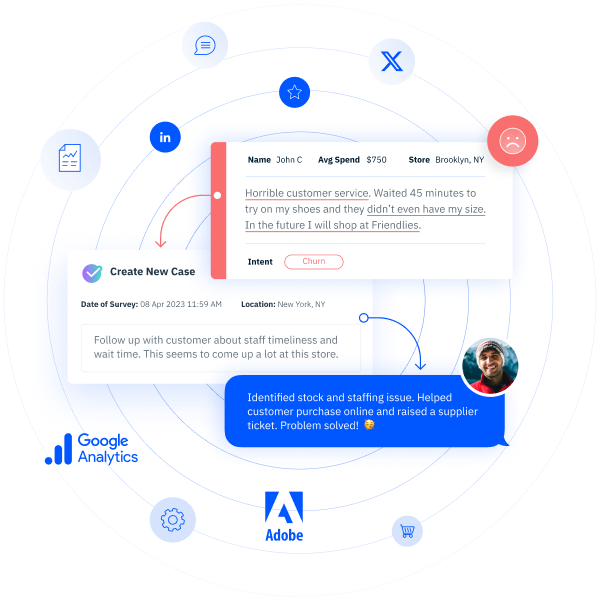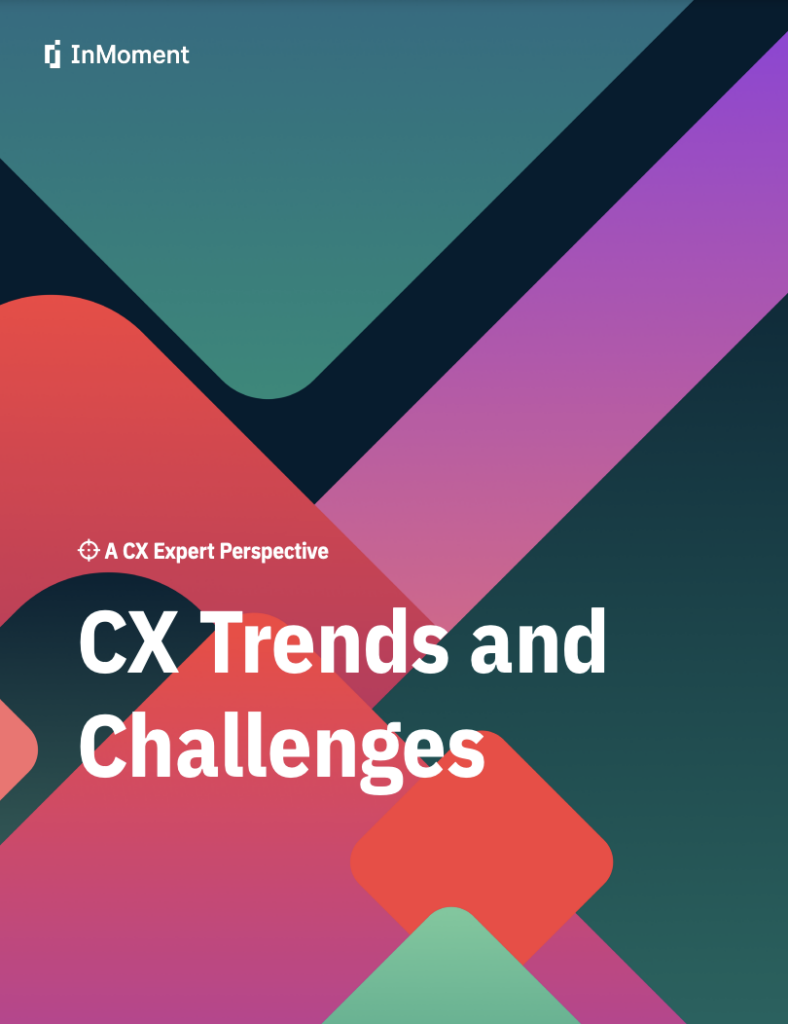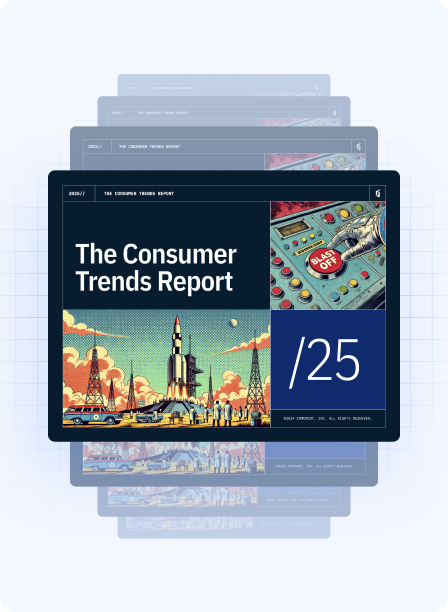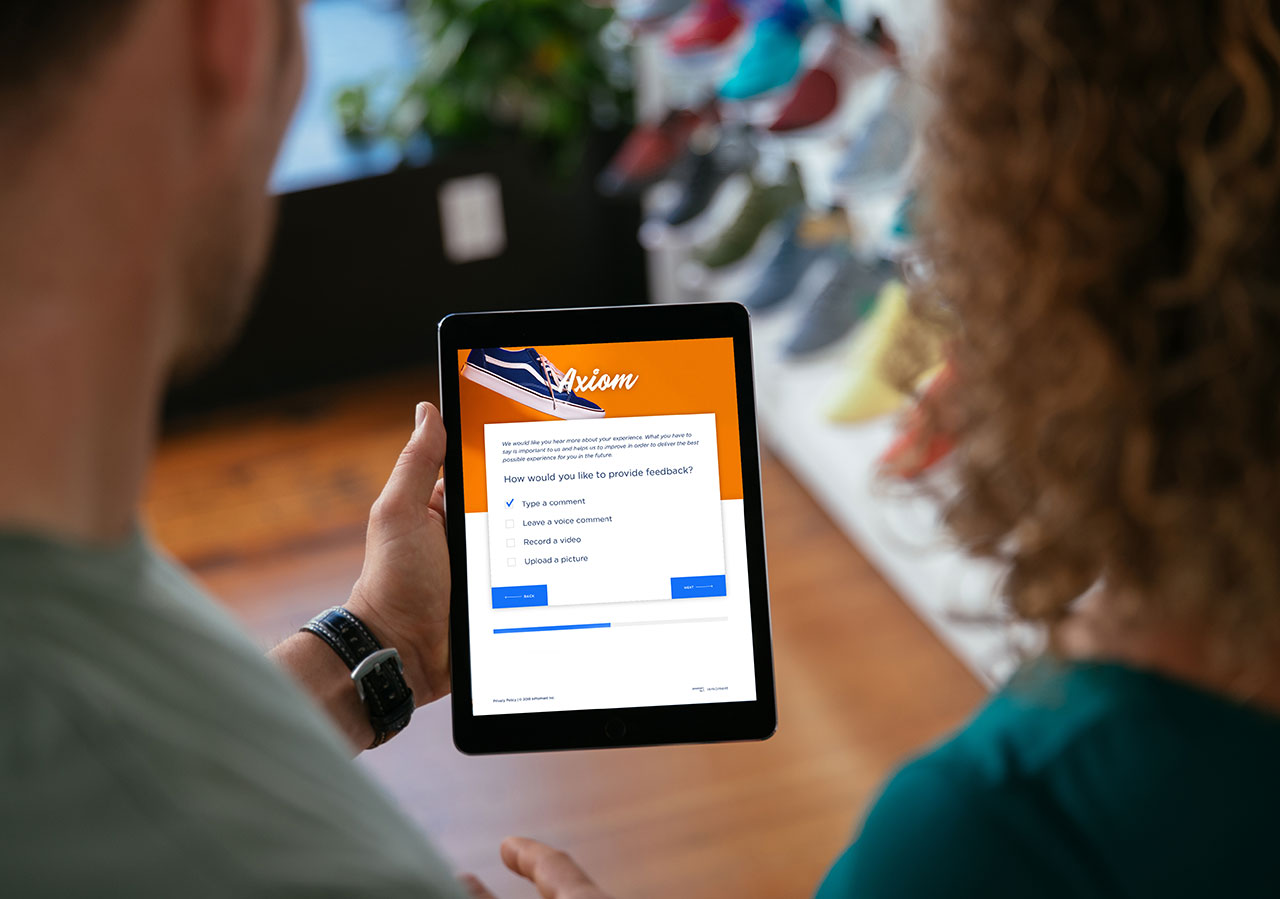Building Trust in Turbulent Times: Why the AER’s Toolkit Is the Wake-Up Call Energy Brands Needed

The AER’s Customer Engagement Toolkit is pushing energy providers to change how they engage with customers. Here’s what it means—and how your brand can benefit.
“Are we doing enough to build trust with our customers?”
“What does meaningful engagement actually look like?”
“Where do we start without overwhelming our teams?”
If you’re a CX leader in the energy sector, these questions probably feel familiar. With rising regulatory pressure, changing customer expectations, and growing public scrutiny, genuine engagement can no longer be a box-ticking exercise—it needs to be part of your core strategy.
That’s exactly why the Australian Energy Regulator’s (AER) new Customer Engagement Toolkit has landed at the right time. But while the principles may seem straightforward—transparency, inclusivity, responsiveness—their impact depends entirely on how you apply them.
Let’s look at what’s in the Toolkit, why it matters, and how you can use it to create trust, reduce risk, and strengthen customer relationships.
Why the AER Created This Toolkit (and Why It Matters)
The AER’s Toolkit wasn’t designed as a checklist. Instead, it provides a flexible framework to help energy providers design engagement practices that reflect the real needs of their customers.
At its core, the Toolkit recognizes that customer trust isn’t something you get for free—it’s earned through early involvement, open communication, and consistent follow-through.
It also acknowledges that customers want more than information after the fact. They want a seat at the table before decisions are made.
If your customer engagement begins after the policy is final or the price has changed, you’re too late. That’s the kind of delay that erodes trust and creates long-term brand damage.
Four Key Principles to Guide Your Engagement Strategy
The Toolkit highlights four guiding principles. Each one supports a different facet of customer trust and long-term business resilience.
- Transparency
Customers want to understand why decisions are made—not just what the outcome is. That means offering real context, explaining constraints, and avoiding vague responses. - Inclusivity
Not all customers are equally equipped to engage. Financial hardship, disability, remote locations, and language barriers all make a difference. Inclusive engagement doesn’t just broaden reach, it improves the quality of insights. - Responsiveness
When customers speak up, they expect acknowledgement and action. Responsiveness is about closing the loop quickly and visibly. - Accountability
Your organization needs to stand behind its decisions. That means not only showing how customer feedback was considered, but also being transparent when it wasn’t adopted and why.
The more your engagement efforts reflect these principles, the more likely your customers are to stay involved and supportive.
Getting Beyond the Usual Suspects
Many companies make the mistake of only engaging with the most vocal customers. While those voices matter, they often don’t reflect the broader population, especially those experiencing vulnerability.
Think about the customers who aren’t filling out surveys or attending community forums. If you’re not actively reaching out to them through accessible, inclusive channels, your decisions are likely missing the mark.
This is where leveraging tools like conversational analytics, speech-to-text feedback from contact centres, and digital feedback mechanisms can make a real difference. They help you hear from the customers who might not engage through traditional surveys—but whose voices are just as critical.
Why This Approach Leads to Better Business Outcomes
Customer engagement shouldn’t be treated as a compliance exercise. When it’s done right, it becomes a powerful decision-making tool.
Early engagement surfaces risks you hadn’t considered, builds early buy-in from customers, and increases the likelihood of smooth implementation—especially when changes impact pricing, access, or services.
The Toolkit encourages engagement that’s ongoing, not just reactive. That means checking in with customers throughout the journey, not just when something goes wrong.
It also pushes providers to structure their teams so insights lead to action—because unacted-on feedback is just noise.
Challenges Are Real but So Are the Opportunities
Yes, it takes time and resources to implement these principles well. Building inclusive engagement practices means investing in the right technology, building internal alignment, and sometimes hearing difficult feedback.
But those investments pay off. The brands that get this right will have a stronger social license to operate, reduced customer complaints, and a deeper understanding of evolving expectations.
Ignoring these principles doesn’t just put you behind your peers—it erodes long-term customer trust, which is far harder (and more expensive) to rebuild later.
Final Thoughts
The AER’s Customer Engagement Toolkit sets a new bar for how energy providers should engage customers, and that’s a good thing.
It’s a call to reimagine engagement not as a task for the comms team, but as a core capability that supports smarter decision-making, stronger relationships, and a more resilient business.
If you’re wondering how to put this into practice, InMoment can help. Our CX platform is designed to support inclusive, agile engagement strategies—whether that’s through advanced feedback analytics, digital listening tools, or our expert advisory teams.
Ready to take your engagement strategy from reactive to customer-driven? Let’s talk.





